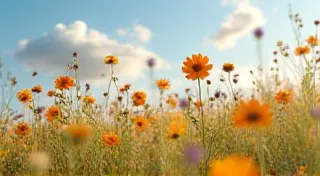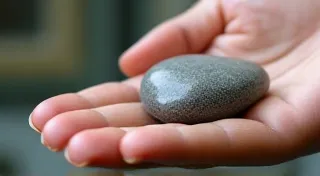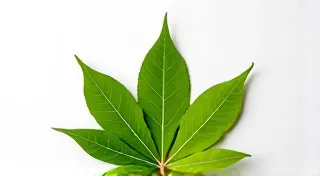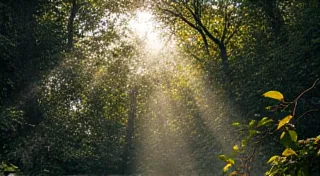Fragmented Histories: Reconstruction of Lost Regional Weaving Knowledge
The scent of aged wool, the whisper of ancient looms – these are the echoes that resonate within the world of regional weaving. More than just the creation of cloth, these patterns are fragmented histories, silent storytellers of cultures, migrations, and the enduring human need for beauty and utility. To witness a truly antique weaving is to hold a fragment of a past, a tangible link to generations of skilled hands.
My own fascination with regional weaving began not with a loom, but with a photograph. A faded black-and-white image of my grandmother, sitting before a complex, nearly imperceptible pattern emerging from a hand-built frame. She rarely spoke about her weaving, a skill passed down from her own mother in a remote mountain village. After her passing, I inherited a small collection of textiles - fragments, really - each bearing traces of a technique I knew was special, a tradition slowly dissolving into the anonymity of mass-produced fabrics.
The Loom as a Living Archive
Regional weaving is, by its very nature, deeply intertwined with place. The materials used – locally sourced wool, flax, hemp, or cotton – dictated the color palette and texture. The climate influenced the weave’s tightness or looseness, the design’s symbolism. Each pattern wasn’t simply decorative; it often conveyed lineage, marital status, or told stories of local folklore. Think of the intricate Navajo rugs of the American Southwest, each band and diamond a coded narrative of tribal history. Or the vibrant, geometric patterns of Andean textiles, meticulously dyed with natural pigments derived from plants and insects – colors that speak of volcanic landscapes and the reverence for Pachamama, Mother Earth.
The challenge, and the profound beauty, of reconstructing lost regional weaving knowledge lies in the fact that this knowledge wasn't always formally documented. It lived within families, passed down orally and through demonstration. Wars, migrations, economic shifts – all these events have acted as disruptive forces, scattering communities and their traditions. Sometimes, all that remains are tantalizing clues: a single, damaged fragment, a vague recollection from an elderly villager, a faded illustration in a forgotten archive.
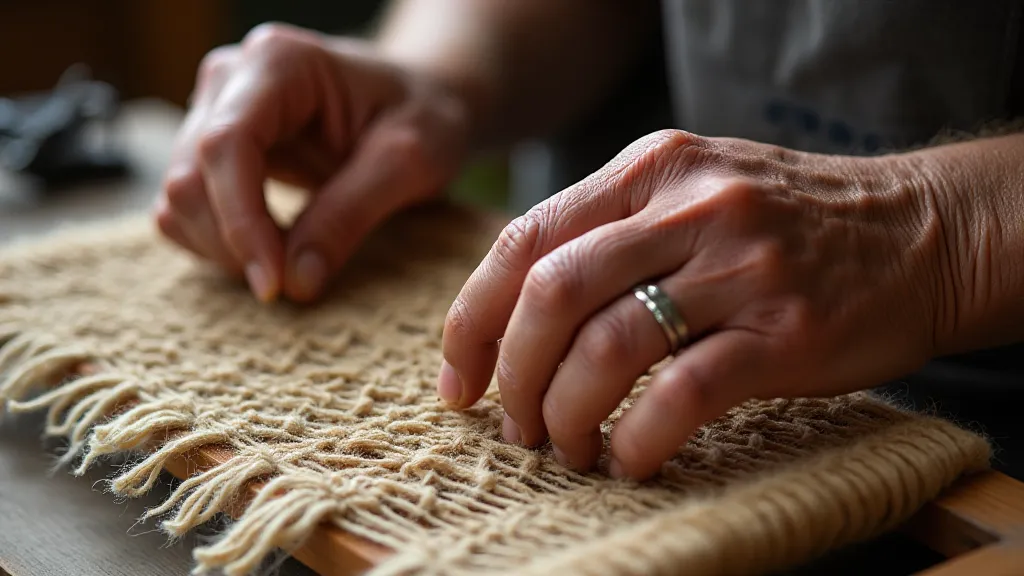
Piecing Together the Puzzle: Sources & Methods
The work of revival isn't for the faint of heart. It's a painstaking process of detective work, combining historical research with keen observation and, crucially, a deep respect for the original craftsmanship. Several avenues often prove fruitful. Museum archives, though often incomplete, can hold invaluable examples – textiles carefully preserved but lacking accompanying documentation. Oral histories, even fragmented ones, can unlock crucial details about techniques and symbolism. Early travel accounts, often written by outsiders, can offer glimpses into weaving practices, though these must be read with a critical eye, recognizing the potential for misinterpretation and cultural bias.
Sometimes, the key lies in recognizing patterns within seemingly disparate fragments. A small piece of cloth found in a European antique shop might bear a subtle similarity to a textile described in a colonial-era manuscript. The connection, once established, can illuminate a migration route, a trade network, or the adaptation of a technique across cultures. It's like assembling a jigsaw puzzle where many pieces are missing, and some are deliberately misleading.
The Craftsmanship: Beyond Technique
Beyond the technical aspects of a weave – the interlacing of warp and weft, the density of the fabric – lies a deeper understanding of the artisan’s skill and intention. The best weavers possessed an intuitive grasp of material properties, understanding how wool would respond to different tensions, how natural dyes would interact with each other. They weren’t simply following a set of instructions; they were improvising, adapting, creating.
Consider the subtle variations in color and texture that characterize truly antique textiles. These weren’t mistakes; they were the hallmarks of a hand-made creation. Each slight imperfection told a story of the weaver's interaction with the materials, the changing light conditions, the momentary distractions of daily life. To strive for absolute uniformity in recreating a regional weaving would be to betray the spirit of the original.
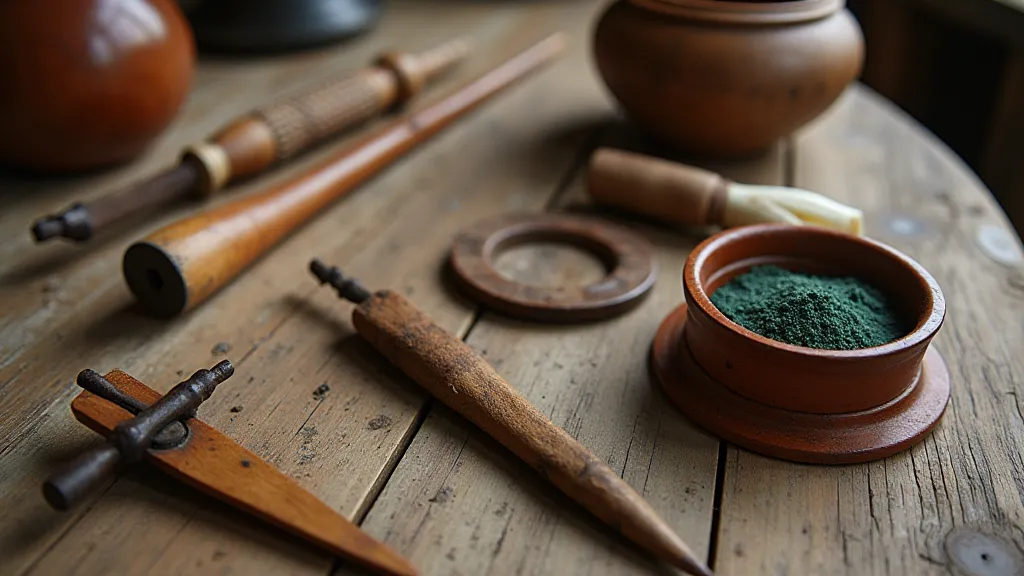
The Modern Revival: Reinterpretation & Responsibility
The contemporary revival of regional weaving isn't about slavishly recreating the past. It’s about understanding the historical context, respecting the original craftsmanship, and then allowing that knowledge to inspire new creations. It’s about finding a balance between preservation and innovation, between honoring tradition and embracing contemporary design.
There's a significant ethical responsibility involved. Reproducing a weaving pattern without proper attribution or understanding of its cultural significance can be deeply disrespectful. Furthermore, the potential for exploitation – appropriating traditional designs for commercial gain without benefiting the originating communities – is a serious concern.
Thankfully, a growing movement of artisans and researchers is approaching this work with sensitivity and integrity, collaborating with communities to ensure that their cultural heritage is celebrated and preserved in a sustainable way.
Collecting & Restoration: A Gentle Approach
For those interested in collecting antique regional weavings, a cautious and informed approach is essential. Authenticity can be difficult to determine, and reproductions are often skillfully executed. Look for signs of age – fading colors, slight irregularities in the weave, the characteristic smell of aged wool. Consult with experienced textile experts, and be wary of overly polished or pristine examples.
Restoration, when necessary, should be undertaken with the utmost care. Harsh chemicals and aggressive cleaning methods can damage the fabric and compromise its historical integrity. A gentle, surface cleaning with natural products is often the best approach. The goal isn't to make the textile look brand new; it's to stabilize its condition and prevent further deterioration.
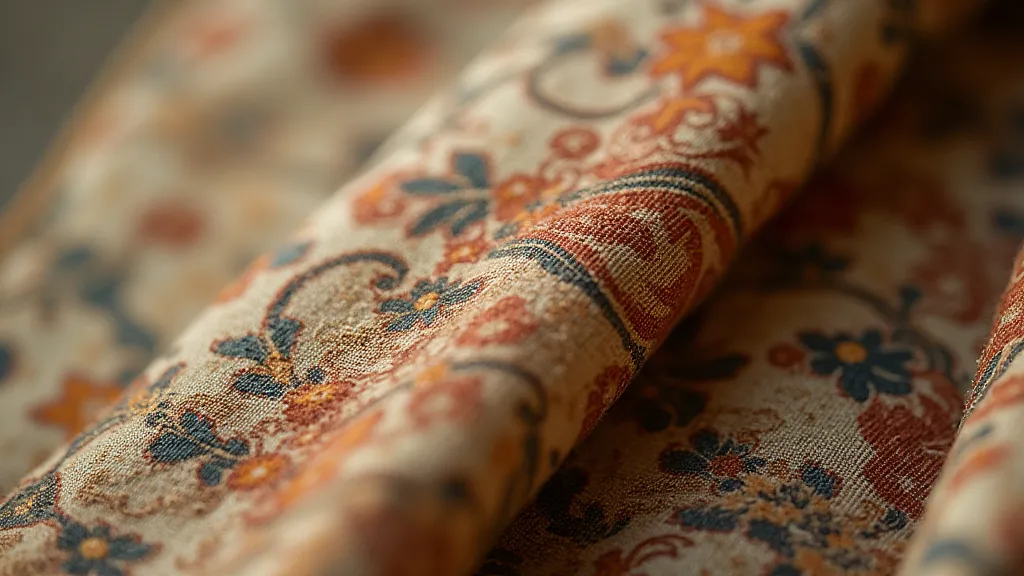
The world of regional weaving is a profound testament to the enduring power of human creativity and cultural expression. By piecing together fragmented histories, respecting the original craftsmanship, and approaching this work with humility and integrity, we can ensure that these traditions continue to inspire and enrich our lives for generations to come. The echoes of those ancient looms, the stories woven into the fabric – they deserve to be heard.

